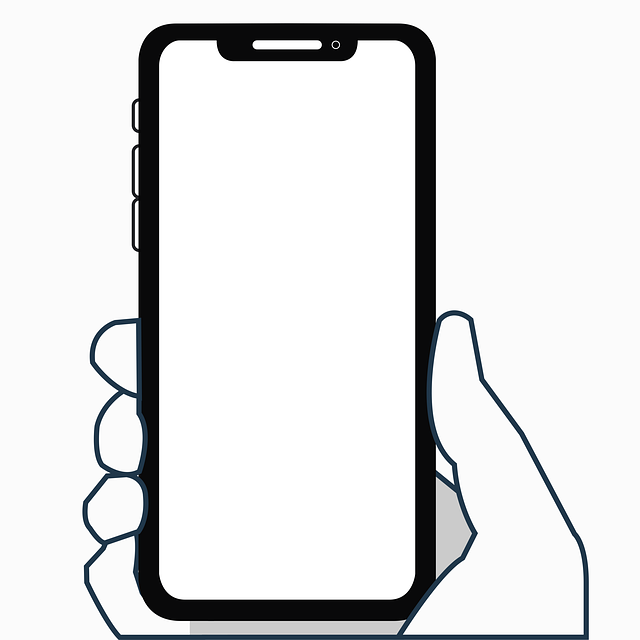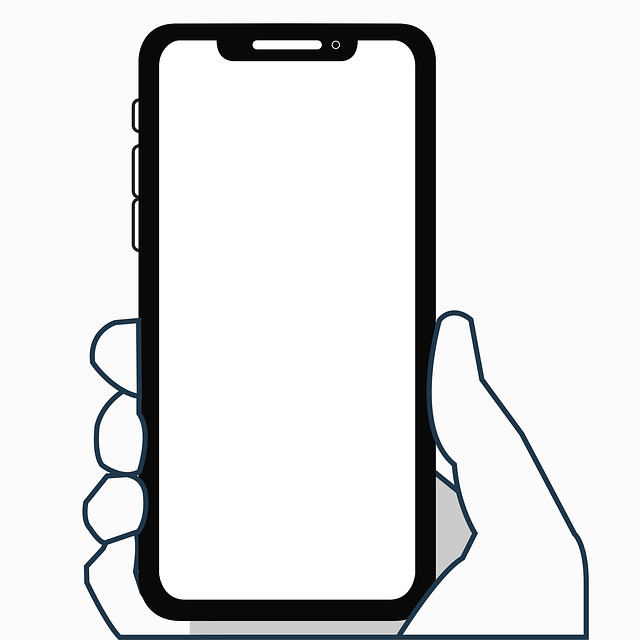Mobile-responsive design is essential for modern web development, allowing websites to adapt seamlessly across various devices and screen sizes. By utilizing flexible layouts, fluid images, and CSS media queries, this approach enhances user experience through intuitive navigation and accessible content delivery. Key benefits include improved SEO rankings, lower bounce rates, and increased engagement, ultimately driving more conversions. Best practices involve maintaining a clean grid system, using responsive images, and choosing functional color palettes. Tools like Bootstrap and Foundation, along with data-driven insights from Google Analytics and usability testing, help create exceptional user experiences that adapt smoothly to any screen size.
In the dynamic digital landscape, a seamless user experience across various devices is paramount. Full-responsive web design, a cornerstone of modern development, ensures websites adapt gracefully to any screen size or orientation. This article delves into the essentials of mobile-responsive design, highlighting its growing importance in an increasingly mobile world. From understanding the fundamental concepts to best practices and optimization techniques, we explore the key components and tools necessary for crafting effective, visually appealing responsive layouts.
Understanding Mobile-Responsive Design: The Basics

Mobile-responsive design is a fundamental concept in modern web development, ensuring websites adapt seamlessly to various screen sizes and devices. It goes beyond simply making a website ‘fit’ on smaller screens; it involves creating an optimal user experience across desktops, tablets, and smartphones. The primary goal is to deliver content and functionality in a way that is intuitive and easy to navigate for all users, regardless of their device preference.
This design approach utilizes flexible layouts, fluid images, and CSS media queries to detect the user’s screen dimensions and orientation. By adjusting elements dynamically, the website becomes one cohesive entity, providing a consistent experience. It’s not just about making your site ‘look good’ on mobile; it’s about functionality, accessibility, and ensuring your content is consumable by a diverse range of users and devices.
Why Is Responsive Web Design Crucial for Modern Websites?

In today’s digital era, where a significant portion of internet users access websites through mobile devices, a mobile-responsive design has become an indispensable aspect of modern web development. The global shift towards mobile browsing means that users expect websites to seamlessly adapt to different screen sizes and orientations, ensuring an optimal viewing experience regardless of the device used. Responsive web design achieves this by using fluid layouts, flexible images, and cascading style sheet media queries to adjust content as users change their view from a desktop computer to a tablet or smartphone.
A well-executed mobile-responsive design not only caters to the growing mobile audience but also offers several key advantages. It enhances user satisfaction, improves search engine optimization (SEO), and reduces bounce rates. By providing a consistent and accessible experience across all platforms, responsive designs foster better engagement, encouraging users to explore and interact with content more effectively. This, in turn, can lead to increased conversions and a stronger online presence for businesses.
Key Components of a Full-Responsive Layout

In the realm of modern web design, a full-responsive layout is paramount to ensuring an optimal user experience across diverse devices and screen sizes, from desktops to tablets to mobile phones. The key components of a mobile-responsive design include flexible grids, fluid images, and media queries.
Flexible grids allow content to rearrange itself dynamically based on the available space, ensuring that text, images, and other elements remain legible and aesthetically pleasing regardless of the device. Fluid images resize proportionally, preventing distorted visuals and conserving bandwidth. Media queries, powered by CSS, trigger specific styles based on device characteristics, such as screen width or orientation, further enhancing adaptability. These components work in harmony to create a seamless, user-friendly experience that captivates audiences across all platforms.
Best Practices for Creating Visually Appealing Responsive Designs

Creating visually appealing mobile-responsive designs involves a blend of creativity and technical precision. One best practice is to maintain a clean and consistent grid system, ensuring elements align properly across different screen sizes. This foundation allows for easy rearrangement and reflowing of content, maintaining readability and aesthetics. Utilizing responsive images that adapt based on screen dimensions is another crucial technique; this prevents clashing designs and optimizes page load times.
Color palettes and typography should also be chosen with responsiveness in mind. Opt for flexible color schemes that work well in low light conditions and diverse backgrounds. Similarly, select typefaces with legibility in mind, ensuring they remain clear when scaled down on smaller screens. These thoughtful choices contribute to an engaging user experience, making your web design not just functional across devices but also aesthetically pleasing.
Optimizing Content and Images for Multiple Screens

In a mobile-responsive design, optimizing content and images is crucial for ensuring a seamless user experience across various screen sizes. It involves carefully considering both textual and visual elements to adapt effectively to different devices, from smartphones to desktops. This process includes adjusting font sizes, line spacing, and layout structures to maintain readability and accessibility on smaller screens.
Additionally, optimizing images plays a significant role in enhancing page load speeds and reducing data usage. This can be achieved by utilizing image compression techniques, serving optimized file formats like WebP or JPEG 2000, and implementing lazy loading strategies. These tactics not only improve the overall performance of a website but also contribute to better user engagement, as faster-loading pages encourage visitors to explore more of the content.
Tools and Technologies for Efficient Responsive Web Development

Creating a seamless mobile-responsive design requires an arsenal of powerful tools and technologies that streamline development and ensure optimal user experiences across all devices. Frameworks like Bootstrap and Foundation are popular choices due to their pre-built responsive grid systems, CSS frameworks, and JavaScript components, significantly reducing development time. These platforms offer comprehensive solutions for various screen sizes, allowing designers and developers to focus on content and layout.
Additionally, tools such as media queries, flexible images, and CSS flexbox or grid play a pivotal role in achieving responsive design. Media queries enable dynamic adjustments based on screen dimensions, while flexible images adapt their size without sacrificing quality. CSS flexbox and grid systems provide efficient layouts that respond gracefully to changes in viewport size, ensuring content remains readable and accessible on both desktop and mobile devices.
Measuring and Ensuring Optimal User Experience in Responsive Design

In the realm of mobile-responsive design, ensuring an optimal user experience (UX) is paramount. Measuring UX involves a multi-faceted approach, leveraging tools like Google Analytics to track user behavior across various devices and screen sizes. By analyzing metrics such as bounce rates, time on page, and click-through rates, designers can identify pain points in the user journey, whether it’s a poorly optimized layout on smartphones or slow loading times on tablets.
Regular usability testing with real users is also crucial. This provides valuable insights into how different users interact with the site, helping to pinpoint areas that may be confusing or frustrating. By continuously iterating based on these findings, designers can create a seamless and engaging experience that adapts gracefully to any screen size, ultimately enhancing user satisfaction and retention in today’s mobile-first world.
